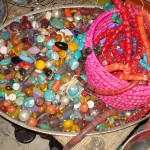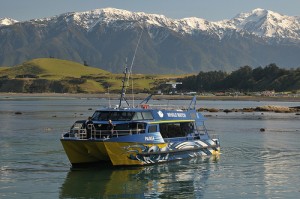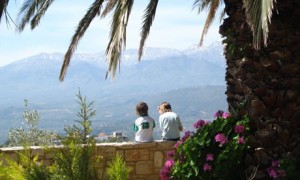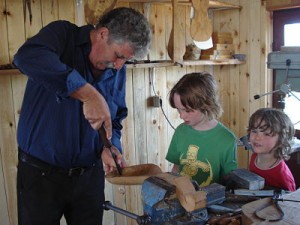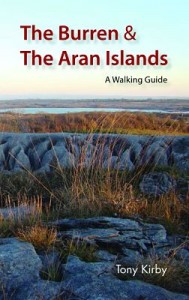 I can’t avoid it anymore, Christmas is nearly here and, with it, the usual brain battle for gift ideas. So if you have a loved one with the ecotravel bug, here are a few of my favourite things, which might ease the pain. The best gift I was lucky enough to get this year was a Roberts eco-radio. Already a faithful camping companion, it is bright green inside and out, functions on solar powered energy and is all round DAB cool. So now that Ireland is going digital, grab one at my favourite eco-shop nigelsecostore.com £79.99 Sterling)
I can’t avoid it anymore, Christmas is nearly here and, with it, the usual brain battle for gift ideas. So if you have a loved one with the ecotravel bug, here are a few of my favourite things, which might ease the pain. The best gift I was lucky enough to get this year was a Roberts eco-radio. Already a faithful camping companion, it is bright green inside and out, functions on solar powered energy and is all round DAB cool. So now that Ireland is going digital, grab one at my favourite eco-shop nigelsecostore.com £79.99 Sterling)
Travelling light is one of the secrets of being a more ethical traveller. Lighter aircraft is a good thing, and avoiding that pre-holiday shopping expedition means less packaging to dispose of when you are there. So invest in a few ethical goodies such as an Indian handwoven mohair throw from Oxfam Ireland (oxfamirelandshop.com currently on offer at €29.99), or an invaluable hemp bamboo pashmina from eco-chic Ascension, (ascensiononline.com €24.05,), and leave the jumpers and jackets at home.
For outdoor travel gear, Patagonia is always my ‘top’ shop. They measure the carbon footprint of everything they sell, use organic cottons, make fleeces out of recycled plastic bottles, and use hemp and chlorine-free wool. Visit their shop in Exchequer St., Dublin or online at www.patagonia.com.
Camping just got camper with the solar powered baseball cap. It’s a bit gimmicky, but I love it, as do my kids. With a solar panel on the peak, it powers LED lights to illuminate those midnightSterlingIreland for €13.50. Mine will be top of my backpack in The Burren next Spring, where I am exploring some of the walking routes laid out in a stunning new walking guide book, The Burren & The Aran Islands (collinspress.ie, €14.95). I can’t think of a more inspiring book to give this Christmas. Its beautiful line illustrations (by Carles Casasin), detailed maps and superbly informative text (written by Tony Kirby, a professional walking guide) will have you leaping over the Limestone in search of that much needed New Year detox. ). ‘Rambling’ relatives will also love the BioEtic Organic Care for Light Legs, a natural oil designed to revive tired trekkers’ legs. With recyclable packaging, it’s organic, Fairtrade and available from Oxfam trips to the loo, or for nighttime reading (also from nigelsecostore.com , £29.99
For other books, Rough Guides’ new Clean Breaks is my number one for 09 – A worldwide guide to the greenest and greatest places to stay, and things to do, it is thoroughly researched by green travel experts Richard Hammond (not the one off Top Gear) and Jeremy Smith (available from easons.ie , €24.69). Another exciting development in guidebooks is Writing Travellers (WritingTravellers.com), which provide free online guidebooks. A non-profit making organisation set up by two young Dutch guys, they gather information on destinations in Wiki style format, i.e keen travellers send in their contributions about places they know and love and, after careful moderation, are then published. A bit like a Pick ‘n Mix, you choose the info you are interested in, and download it. You can also pay to have it printed in a book, although at the moment they only do printed versions of South AfricaIndia. They vary in price depending on how much information you choose. My 400 page guide to The Netherlands cost €18.58, and packed with recommendations, which I hope to try out in time for Tulip season.
The best way to use one of these guides is, of course, by rail, and a European Interrail pass has to be one of the greenest tickets around (irishrail.ie). You don’t have to be a student either. Take a month discovering the superb European rail network, and get into the heart of countries in the best way possible. Prices range hugely depending on where you want to go, and for how long, but for the price of the latest Wii and a few games, you could send someone around Europe for a month for real, not just virtually. Happy days, happy travelling and happy Christmas.
An edited version of this article was first published in The Irish Times, 13 December 2009

